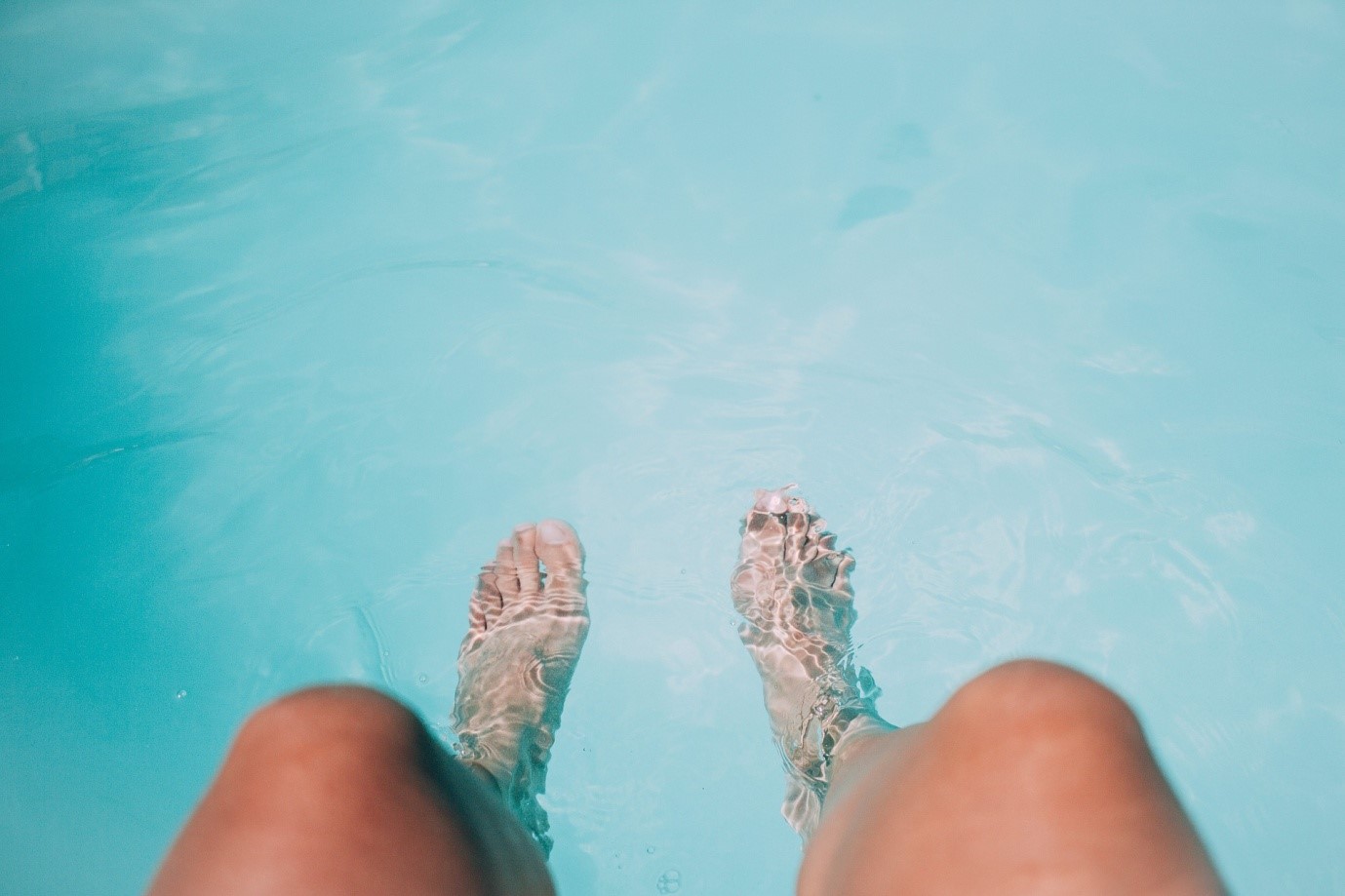
Hydrotherapy has been proven to reduce pain
Last week we looked at the History of Hydrotherapy, how it affects the human body and the positive ways aquatic therapy can benefit recovery. This week we will be looking at the specific conditions where hydrotherapy can be used to help treat and reduce pain and inflammation and result in better outcomes for a variety of illnesses and conditions. Over the Centuries hydrotherapy has been used to treat a myriad of conditions and as scientists further study the effects of water on the human body, it is inevitable that more conditions will utilise aquatic therapy in the future.
The following list is by no means exhaustive, if you have any questions about where hydrotherapy is suitable to add to your treatment regime, just ask your physio.
- A range of Arthritic conditions
Did you know that there are over 100 forms of arthritis that range from very mild to borderline debilitating? Arthritic conditions can last for years on end, or come and go almost seemingly on a whim and have been the bane of modern humans for thousands of years. Many scholars believe it was the soothing effect warm water has on joints and muscles that alerted humans to the positive effects of hydrotherapy all those centuries ago.
Aquatic therapy is an excellent way for those suffering from arthritis to build strength, ease stiff joints and relax sore muscles using the waters buoyancy to greatly reduce the pressure on your joints[1]. This makes it easier to perform a variety of range of motion exercises without the fear of falling over or causing further pain.
- Rehabilitation after orthopaedic surgery
One of the major keys in ensuring a full recovery after orthopaedic surgery is increasing mobility in order to avoid stiffness and increasing flexibility of the muscles and joints of the affected area. This makes hydrotherapy the perfect addition to your pre and post surgery rehabilitation program. By standing in chest high water you are effectively reducing your body weight by up to 80%, allowing your body to undertake a range of movements and stretches without increasing any strain to the affected areas. Successful in enhancing rehabilitation on both upper and lower body injuries, studies have shown that hydrotherapy can be more effective than land based treatments in a variety of aspects.[2]
- Neurological rehabilitation
The most important goal when rehabilitating clients with central nervous disorders is to help them to regain independence, or to prevent dependence. It is not uncommon for patients suffering from multiple sclerosis, stroke effects, Parkinson’s disease cerebral palsy or a traumatic brain injury to have a very limited range of motion in selected joints and limbs or suffer from imbalance when performing daily tasks[3]. Once in water though, our physiotherapists have seen their delight in the increased range of movement and stability the buoyancy and warm environment of the hydrotherapy pool gives them.
- Chronic Pain
Chronic pain is simply a recurring pain of any kind that persists for a period longer than three months. This might be due to sports injuries, disease or another stress on the body. Hydrotherapy works on relieving chronic pain through a number of interactions with the body. The specific temperature of the pool uses heat to promote the stimulation of nerves in the body, causing increased blood circulation and soft tissue relaxation. The buoyancy and stabilisation of the water also allow a greater freedom of movement and less stress weight that the body has to support.
- Weight Loss
Aquatic therapy is also very beneficial for individuals carrying excess weight, who find physical therapy or exercise difficult due to the accompanying injury, lack of flexibility or other associated pain. Studies by Dr Robert Wilder, director of sports rehabilitation at the University of Virginia have also shown that running in water also burns up to 40% more calories per minute than running on land.[4] The added resistance of water makes your body work harder, while the extra buoyancy and balance makes it safer to engage in exercises you might not normally be able to on land. It’s a perfect combination.
There are a number of circumstances that make hydrotherapy unsuitable for particular individuals for different reason. If you are experiencing any of the below, it is important to let your physiotherapist know in order to avoid exacerbating any conditions or causing any harm to yourself:
- Wound or skin infections
- Gastric virus
- Raised temperature
- High or low blood pressure
- Breathing difficulties
- Heart problems
- Incontinence
- Chest infections
If you cannot swim, please don’t let that stop you from participating in hydrotherapy. Lane Cove physiotherapists are trained to provide a safe and therapeutic treatment regardless of your swimming abilities and our hydrotherapy pool is designed to help you feel safe and secure.
[1] A Study of Hydrotherapy and Its Health Benefits, Mozhdeh Bahadorfar, International Journal of Research (IJR) Vol-1, Issue-8, September 2014
[2] Speer, K. P., Cavanaugh, J. T., Warren, R. F., Day, L., & Wickiewicz, T. L. (1993). A role for hydrotherapy in shoulder rehabilitation. The American Journal of Sports Medicine, 21(6), 850–853.
[3] Lambeck, Johan. (2002). Hydrotherapy in adult neurology.
[4] http://www.fluidrunning.com/wp-content/uploads/2014/11/London-Times-Water-Works.pdf



